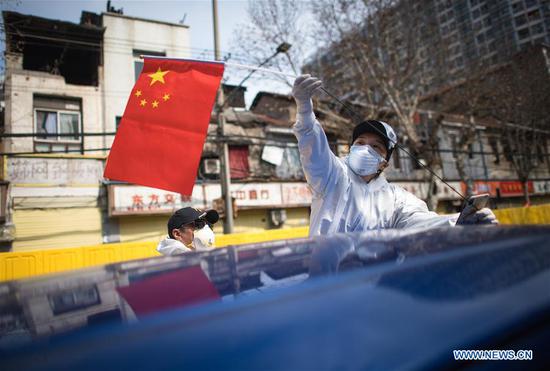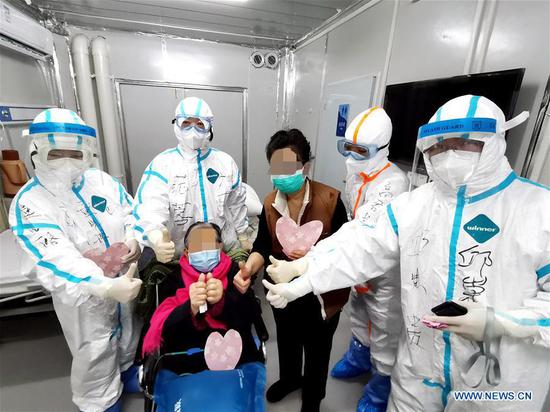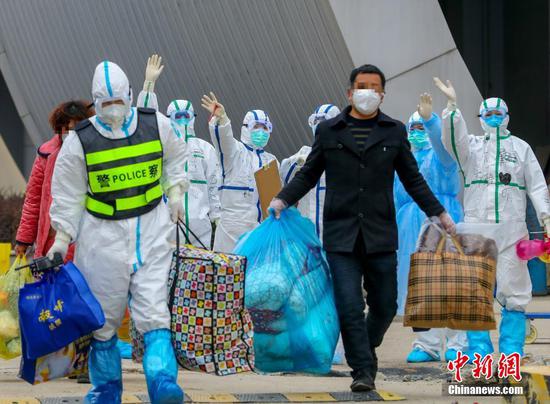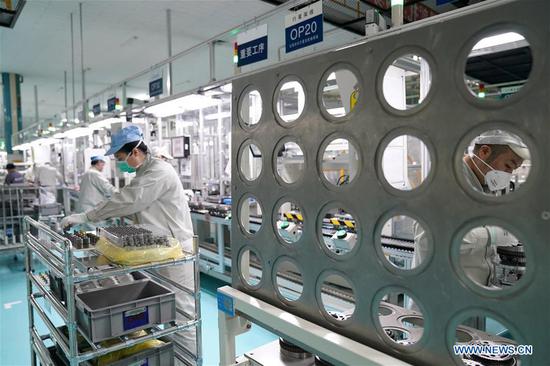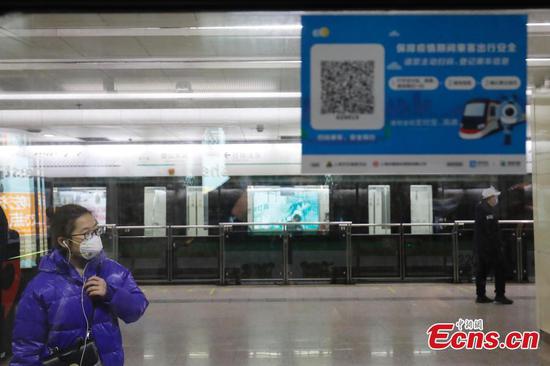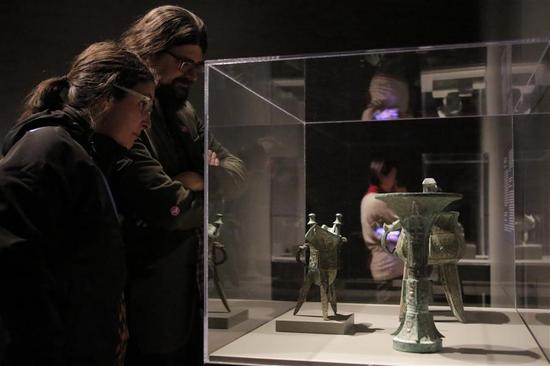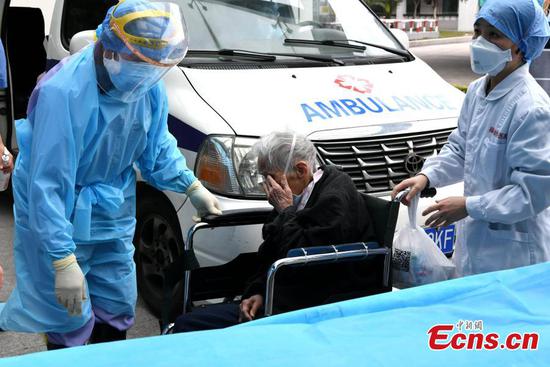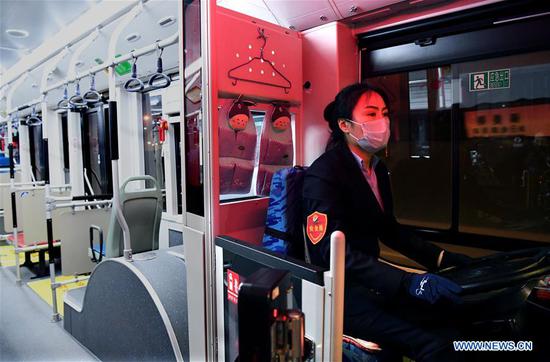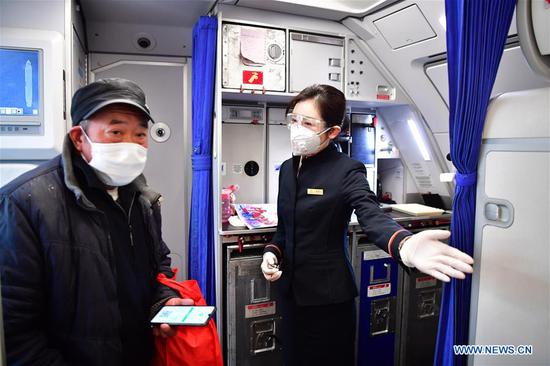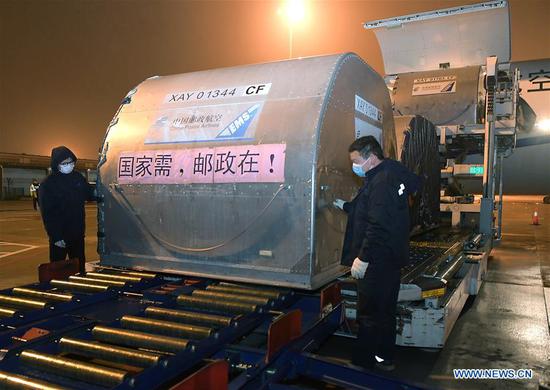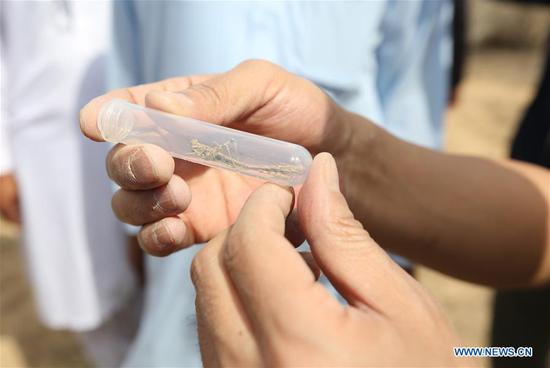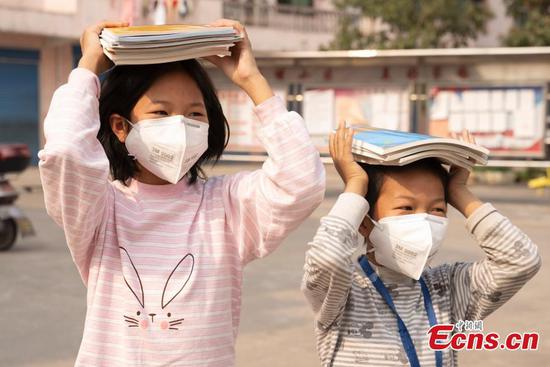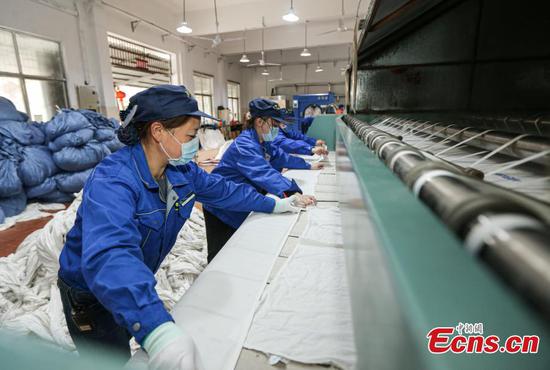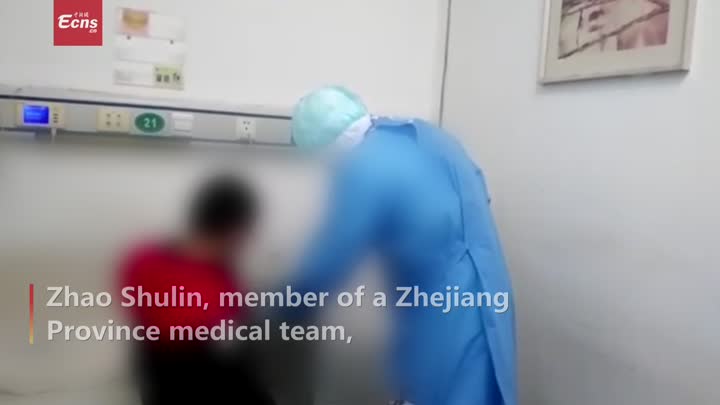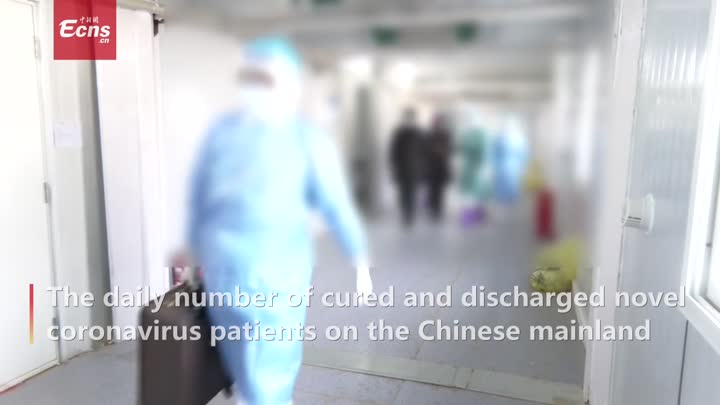A recent study published on a peer-reviewed medical journal indicated that four medical personnel in China tested positive for COVID-19 again after recovering and meeting the criteria for hospital release.
Similar cases have also been reported in Wuhan City of Hubei Province, the epicenter of the outbreak, Guangzhou City of Guangdong Province, Hainan Province and other provinces in China.
On Wednesday, Song Tie, deputy director of the Center for Disease Control in Guangdong Province, told a daily press conference that 14 percent of the recovered patients who had been discharged from hospitals in Guangdong had again tested positive for the coronavirus.
So how did this happen? How can patients discharge from hospitals when they still have virus? What are the criteria for hospital release?
According to the sixth edition of COVID-19 Diagnosis Guidelines released by China's National Health Commission, criteria for hospital release or return to work included normal temperature for at least three days, resolved respiratory symptoms, substantially improved lesions on chest computed tomography (CT), and two consecutive negative test results at least one day apart.
After meeting these criteria, patients are asked to remain at home or have self-quarantined for another five days.
Experts: no need to worry
Regarding some recovered COVID-19 patients still testing positive after being discharged from the hospital, Zhang Wenhong, leader of the Shanghai team of experts in the treatment of cases of COVID-19, explained this should not be a surprising thing.
"Medical staff who collected throat swabs from patients in different areas may get different results," Zhang said.
"In fact, what we should care about is not the positive or negative result, but whether the patient is contagious. Instead, we should be concerned whether a patient can infect others after testing positive," he added. "According to the domestic data, none of such cases have been reported."
Stanley Perlman, MD, PhD, professor of microbiology and immunology at the University of Iowa Hospitals and Clinics in Iowa City, confirmed to CIDRAP that viral genomic material detected in the test kit did not necessarily indicate contagiousness.
"Genomic material comes from virus, of course, but it does not indicate that infectious virus is present," Perlman said, adding that a positive test means that virus is or was present a day or two before.
Cautious interpretation
Despite the explanation, most experts agree that these findings suggest that at least a proportion of recovered patients may still be virus carriers, and the current criteria for hospital release or lifting of quarantine and continued treatment should be reevaluated.
In Shanghai, Zhang said they have already carried out plan B to test recovered patients.
"For example, we will ask recovered patients to have anal swab testing as well, a method to find out whether patients' abdominal, guts and feces have virus residue. After that, we will also give a two-week long follow-up visit to patients for sample collection."












